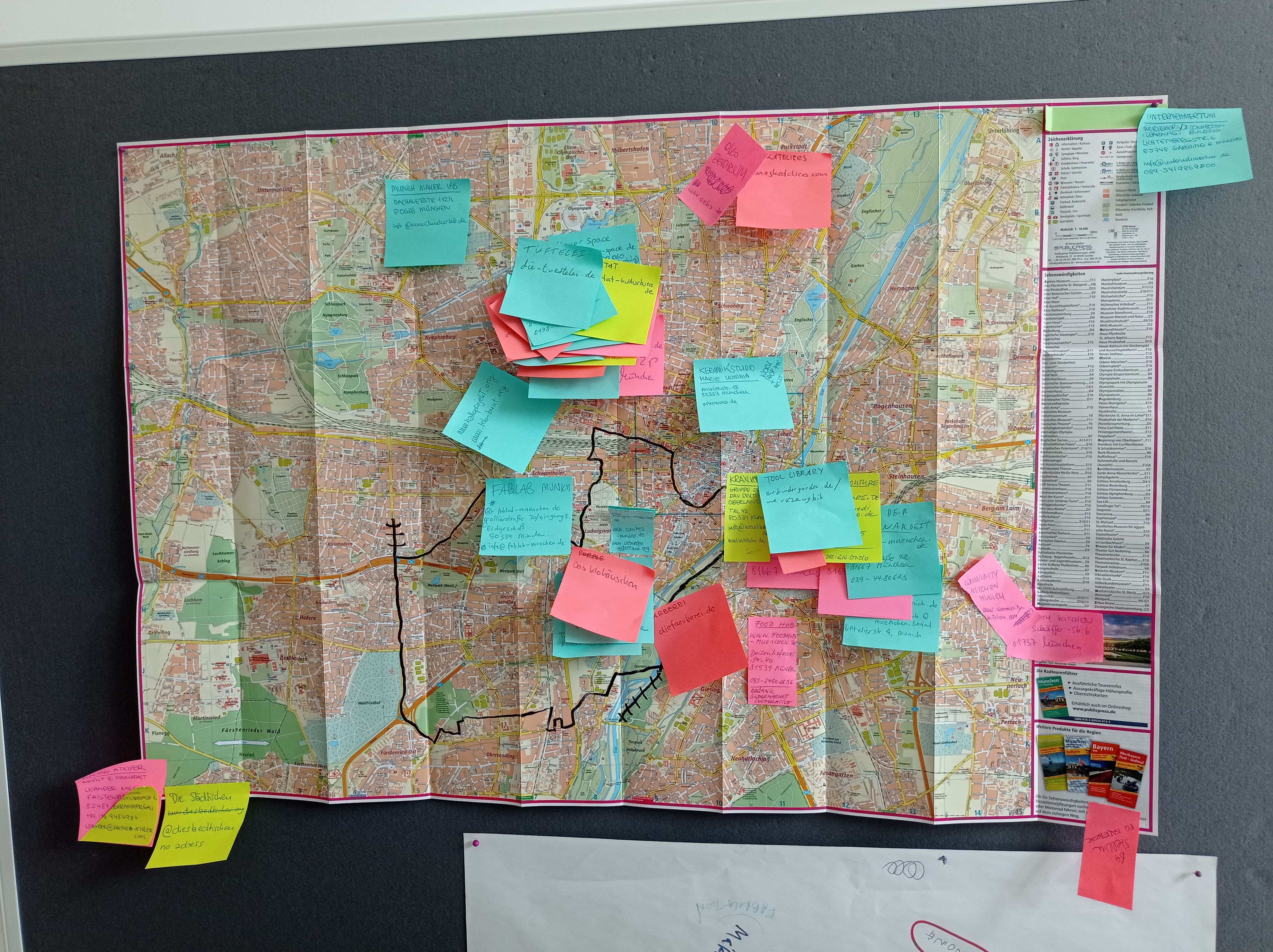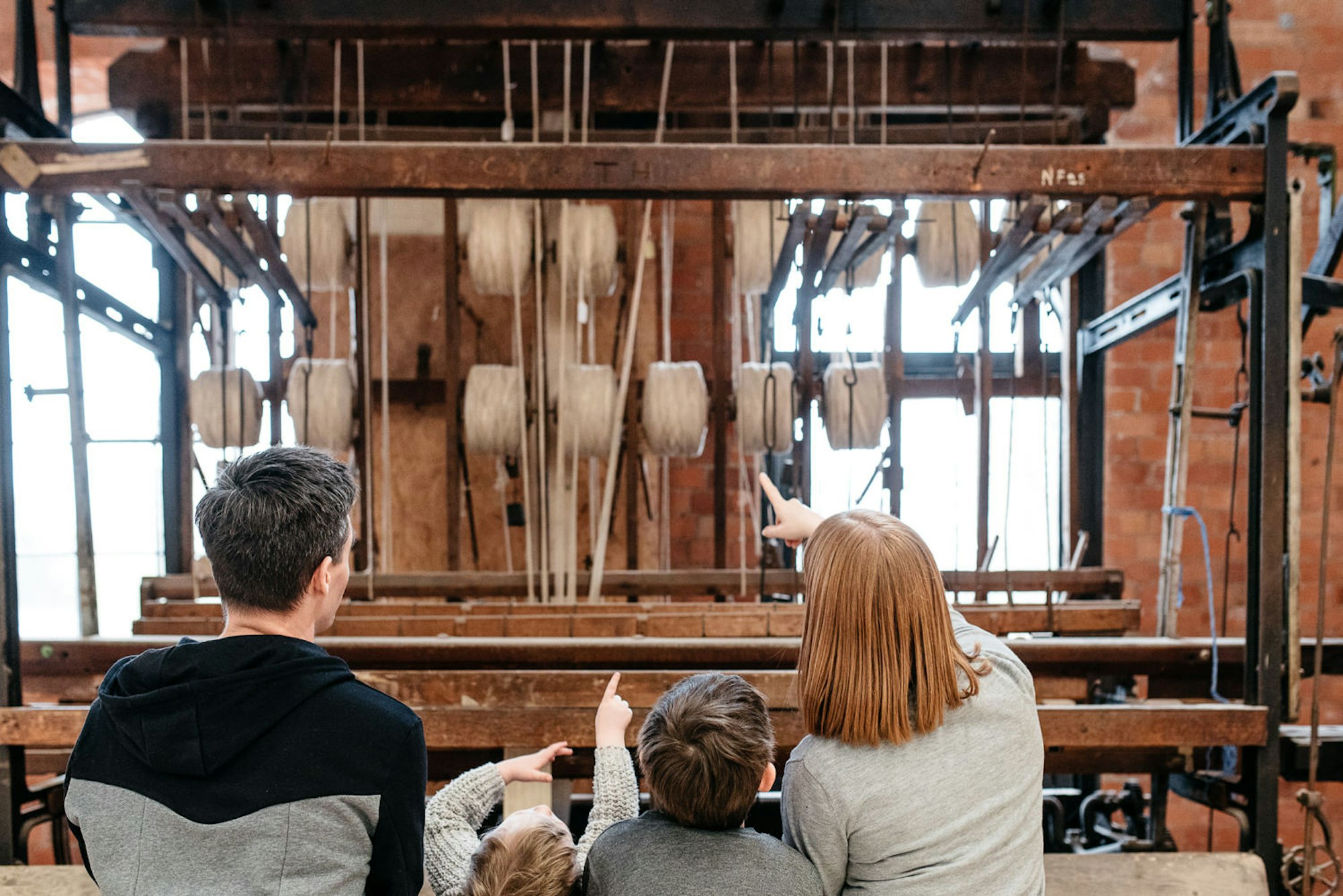Why you should be thinking about Mass Customisation

Digital fabrication and the ability to produce one-offs quickly has had a huge impact on how designers prototype ideas and experiment. It's also made it far easier to get an idea off the ground, whether you're an industrial designer using a 3D printed prototype to launch your Kickstarter, or an independent jeweller using a laser cutter to manufacture your product range. However, the impact of mass customisation doesn't end with the designer, it's about a transfer of power to the consumer. Ultimately, this has the potential to quash the role of the designer by creating a direct dialogue between the manufacturer and the consumer. The designer may well find themselves confined to producing inspirational templates, systems and services to facilitate others to design, ultimately losing the 'I designed that' satisfaction of identifying one of their own designed artefacts out in the real world.
On the flip side, the impact of the 'I designed it myself' phenomenon is seen amongst the rise of amateur makers the world over. Whilst the empowering nature of making is nothing new; the maker movement has inspired a new generation to have an interest in making for themselves. In the last few years we've seen the rise of Fablabs and Makespaces across the world, and a boom in DIY community sites such as Thingiverse.

Whilst not everyone will be making themselves; the ability to own something bespoke is becoming democratised; whilst previously this was only accessible to those with the capital to do so. If mass customisation takes off, we can expect consumers to develop more meaningful relationships with the things that they own, perhaps resulting in fewer un-loved items littering the planet.
So who is using Mass Customisation?
Success stories of Mass Customisation have been popping up in a huge range of industries. Many people found it difficult to ignore the surprise of seeing a bottle with your own name in the place of the most recognisable brand in the world – Coca Cola's #shareacoke campaign was a huge sales success.

NIKE iD has been another very successful customisation story – this platform allows consumers to choose the colour of seemingly endless components of a pair of trainers, it's is now said to be responsible for 20% of store revenue.

One of the earlier mass customisation stories were Freitag's bespoke bags in 2005. These bags were made out of recycled tarpaulin. Freitag developed software allowing the end consumers to cut out sections of tarpaulin that they wanted to be used for their bags. The bags came delivered with a tag including a photo of the machinist who had constructed it; a technique now used by many brands to convey product authenticity.

More recently have been the developments in knitwear customisation. Using industrial knitwear machines and some fantastic software, Knyttan consumers can play around with existing designs to produce a unique jumper which can then be manufactured as they wait.

What is interesting about Knyttyn is the fact that this introduces distributed manufacturing using machinery that has for so long been hidden away in factories that use them for high-volume production runs, and in often inaccessible university workshops. The combination of these techniques, with accessible software can make bespoke production accessible to the mass market.
Keepcup is an Australian company that’s taken the coffee world by storm. What are they? Re-usable cups for keen coffee-drinkers. They’re designed by baristas for baristas, you can choose your own combination of materials and colours and if you run a coffee shop you can get some made up with your own branding on them. This element, in particular, has enabled them to infiltrate the market very quickly, certainly in the UK you'll struggle to find a trendy, artisanal coffee shop that hasn't succumbed. This may seem like quite rustic customisation but it's been hugely successful.

Fabseat is a project by Evan Thomas, it's a digitally fabricated chair, and like Knyttan, Evan has designed a pretty nifty piece of software enabling the end user to adjust the size, shape and materials of the chair without dealing with any of the nitty gritty of digital fabrication.

What does this mean for Scottish Manufacturers?
There's a thirst amongst consumers for customised products and local, rather than global manufacturing, is ideally placed to quench it. The Manufacturer's Organisation reckon that we're on the cusp of a 4th Industrial Revolution dubbed Industry 4.0, which will see considerable manufacturing re-shored to the UK. However, manufacturers need to be investing not only in new technology, machines, and distribution systems but exploring new platforms and services to offer clients, and as Knyttan have demonstrated, consumer interfaces. This is about offering an alternative to the now tiresome, and seemingly endless production lines of high-volume, low-cost imports.
On Make Works you can find many fantastic, skilled individual or small-scale manufacturers for whom all this talk of digital networks, platforms and distribution systems may seem irrelevant. However, what almost all of the companies listed on Make Works have in common is that they're able to produce prototypes and bespoke orders. If more companies were to take inspiration in the move towards a local, smaller scale, bespoke production system, and re-think how they communicate not only with designers and makers, but with consumers directly, they too could have a piece of the customisation pie.
For further reading on Mass Customisation and The Maker Movement we suggest this reading:
The Makers, Chris Anderson
The New Industrial Revolution, Peter Marsh
OpenDesk- Distributed Manufacture for Furniture
Open Design Now
Peter Troxlers Blog
Categories
Article
Related stories
Why Make Work Locally
Alan Moore and Ten30 Fashion
Tips for Manufacturing in Scotland
A Life in Lace
In the Belly of the Beast: my one year manufacturing for Coca Cola



